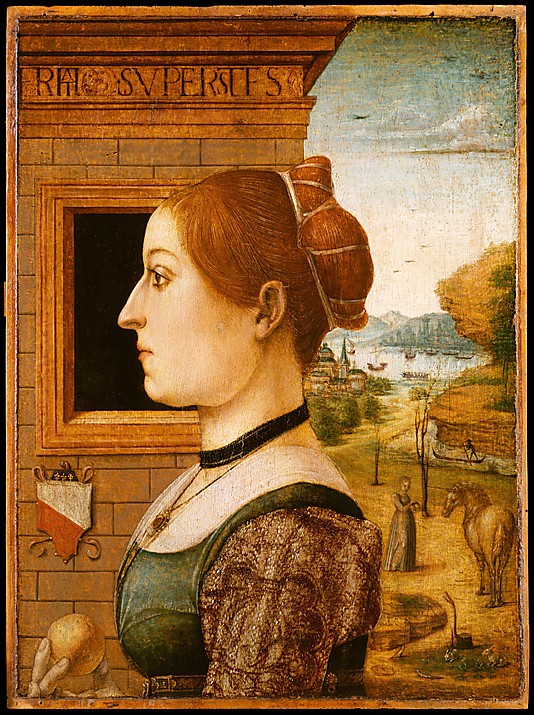
Caricature of Serge Samuel Voronoff
Wellcome Library, London (CC BY 4.0)
In an encouraging trend towards lowering barriers for the use of third party materials, some institutions are implementing policies to make portions of their digital collections available for certain uses without requiring permission or payment of a fee.
The Wellcome Library has applied the Creative Commons Attribution (CC-BY) license to 100,000 digital images “including manuscripts, paintings, etchings, early photography and advertisements” from their collection of cultural objects related to the history of medicine. Under this license, anyone may freely download, reproduce, distribute, remix, and edit the images for any purpose, including commercial uses, as long as the Wellcome Library is credited as the source.
The Metropolitan Museum of Art announced a new initiative called Open Access for Scholarly Content (OASC) that makes many digital images of public domain materials from the museum’s collection available for scholarly use without requiring fees or additional permissions. Under the museum’s terms and conditions, anyone may download and use images identified as OASC for personal use, educational use, and scholarly publications in all media, such as journal articles, conference presentations, and documentary films. The museum’s Frequently Asked Questions about OASC provide an explanation on what exactly they mean by scholarly content, in what contexts the license applies, and how to find, download and cite images included in OASC.

Portrait of a Woman, possibly Ginevra d’Antonio Lupari Gozzadini by Maestro delle Storie del Pane
The Metropolitan Museum of Art,
Robert Lehman Collection, 1975
Notably, the Wellcome Library and the Metropolitan Museum of Art initiatives encompass only digital images of those works in their collections that are presumed to be in the public domain. While there is an argument to be made that faithful reproductions of public domain works do not receive a separate copyright and belong to the public domain as well, many institutions implement restrictive policies and leverage licensing fees on reproductions of public domain works. Some institutions make explicit claims to rights, while others disguise the claims in reproduction fees assuming most patrons are unlikely to recognize the difference or object if they do. Applying a Creative Commons license to images, or another free license for clearly defined uses, is a step in the right direction and can reassure scholars, teachers, and students who might otherwise shy away from the cost of paid licenses or not feel confident relying on fair use.
Taking a different approach to licensing content for wider use, Getty Images unveiled a new “embed feature” that allows users to add select images from the Getty Images stock photography collections to websites and social media posts with no further permission or fees necessary. Users obtain a snippet of HTML code which they may use to share the image elsewhere on the web via an “embedded viewer” (see: the instructions for use from Getty Images). The content must remain on Getty Images’ servers and cannot be edited or resized.* The embedded viewer enables Getty Images to gather data about embedded content on users’ sites and monetize images by placing advertisements through the embedded viewer. Furthermore, the embedded viewer may only be used for the purposes detailed in the terms and conditions. Users may embed images for editorial purposes, “meaning relating to events that are newsworthy or of public interest,” but not for commercial purposes. This would likely include many noncommercial, educational purposes.
The available content and the approach to sharing by Getty Images are distinct from those of Wellcome Trust and the Metropolitan Museum of Art in a few key ways. First, Getty Images is licensing the use of more obviously copyrighted works, as compared to the reproductions of public domain materials made available by the other two organizations. Secondly, the material from Getty Images is only available for online use; presentations, print materials, and other offline uses are not covered by this license. The online-only presence also enables Getty Images to remove content at their discretion and without warning, as detailed in their terms of use. Images downloaded under the terms set by the Wellcome Trust or the Metropolitan Museum of Art may be used continually under the terms of those licenses. However, users should always review the current terms and conditions for any provider and the current availability of a particular image before any new use, as online content is frequently subject to change.
Overall, these licensing options provide more opportunities for the public to use material that might otherwise be restricted by fees or ambiguous rights. As always, be sure that you read, understand, and save a copy of the license terms before moving forward. If you have any questions about making use of the new licensing options for these institutions or navigating copyright for another use of third party images, please contact the University Libraries’ Copyright Resources Center. Our guide to copyright and using images also provides more information on this topic in general.
*Note: I intended to include images in this post from each of the licensed collections under discussion, but Getty Images’ embed code does not seem to function with our blog layout, and the licensing terms prevent me from fixing it by tinkering with the code.
———————————————————————————————————————————————————————-
By Jessica Meindertsma, Rights Management Specialist at the Copyright Resources Center, The Ohio State University Libraries



Recent Comments